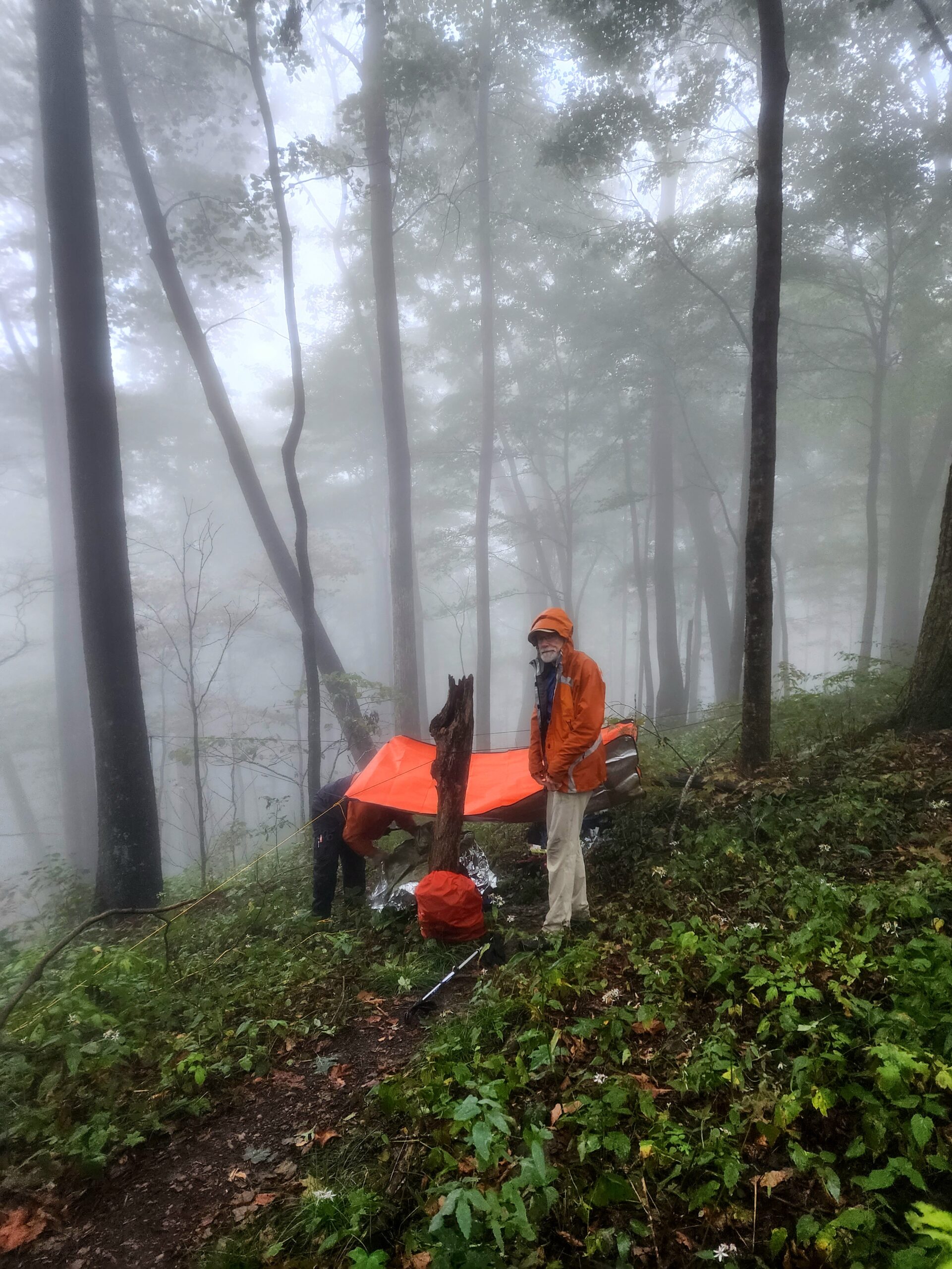

The following excerpt appears in Hard Prairie Volume 1, available now! To purchase your copy, please click the link on our homepage!
Words: S. Trent Rosenbloom
At this point, we had no idea who we were looking for. We had swept all the runners. There shouldn’t have been anyone left behind us. We were beginning to worry that perhaps they had slid down the side of the mountain. This was a real possibility given how slick and steep the trails were. Eventually, we were able to raise the crew of the injured person on the radio and they confirmed that they were, in fact, on trail. However, this struck me as odd. If I was with the first response rescue team, how was it they had come across a radio? Was there another support team already with them?
After backtracking for two miles, I came across my answer. The injured person was not a runner at all, but a member of the Appalachian Mountain Rescue Team that we’d encountered earlier, a tough 61-year-old former marine. He had taken a bad step on a slick rock while wearing a heavy pack. He heard a pop above his right knee and fell. Now unable to stand up, he was in tremendous pain around his distal femur. By the time I reached him, his other team members had him immobilized, warmed, and as comfortable as one could be under the circumstances–a tarp protecting him from the rain. He was also, by then, reasonably medicated.
Given the mechanism of injury and the location and severity of the pain, we had reasonable concern that he had fractured his femur. A femur fracture is a serious injury that cannot just be splinted or walked off. Rather, it requires true immobilization and extraction.
We were in for a long day.
